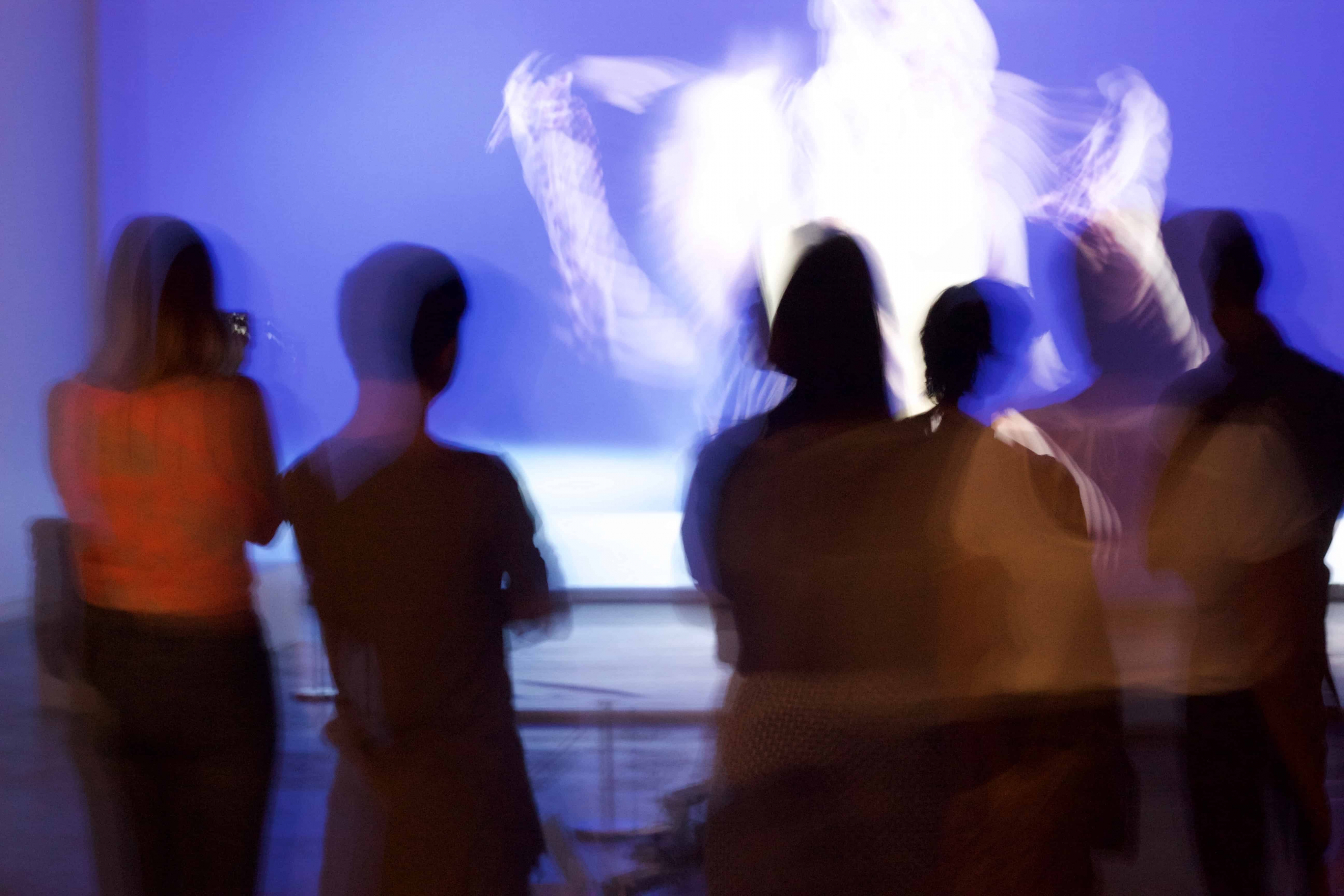[dropcap]T[/dropcap]he Art Gallery of Ontario (AGO) has had a long history of community activism throughout the years, and their AGO First Thursdays event series is no exception. The events have curated aspects of Toronto culture and seeks to introduce emerging artists to Toronto’s art scene.
The series began five years ago under the leadership of Matthew Teitelbaum, the AGO Director and CEO at the time. It was founded with a desire to create a specific space for young people at the gallery.
Speaking to The Varsity, Sean O’Neill, the founding programmer of First Thursdays, explained that they are late night celebrations of art and culture in the community.
They feature social environments with DJs, drinks, and special installations by local and emerging artists, while performances and special commissions are made available throughout the gallery.
The events align with the gallery’s commitment to the cultural and social justice landscape of Toronto. “If the AGO is doing its job, it should be leading conversation about the role of art and culture in our lives. We are the largest art museum in Toronto and really the largest civic art museum and what that means is that we have a responsibility to display art by great artists and extraordinary art,” said O’Neill.
According to O’Neill, there are two special goals for the events. The first is “bringing in people who are under 35, who are part of the cultural landscape of the city, but didn’t see a place for themselves,” while the second is to provide “opportunities to find platforms for local and emerging artists. People who have not built entire careers to be on the AGO floor for six months, but who we think are still interesting and engaging, and want to create a connection with and give a platform to.”
First Thursdays has dedicated events to the work of notable artists including Theaster Gates and Hurvin Anderson, who have also given talks at the AGO. Talks like these reflect the gallery’s ability to integrate social initiatives in the city with art movements from both the past and present. A notable example is the “Basquiat” exhibit last year, which was displayed in partnership with the Toronto chapter of Black Lives Matter.
The AGO is also launching a program called Creative Minds on September 20. O’Neill notes: “It’s going to be an event that will happen twice a year for artists from four disciplines to come and discuss different social issues. The first one is on the topic of social justice… particularly, the role artists can play in shaping, bringing forward, and creating change around the issues of social justice.”
The theme of social justice is not new to the AGO. It has been almost ten years since the AGO began collaborating with Manifesto Festival of Community & Culture. Since 2007, Manifesto has operated with a mandate to provide a platform for under-exposed artists throughout the city. Street art, spoken word, and alternative art forms have been included in their programming.
The collaboration between the AGO and Manifesto represents the efforts that have been made over the years to join traditional art institutions with movements that historically have been barred from the conventional artistic narrative. This year the festival is celebrating its tenth anniversary and is running from September 9–18. It will include art shows, showcases, and concerts across the city.
On September 1 — the tenth anniversary of Manifesto — the AGO held an evening dedicated to community builders and activists. The event, called Constituency, featured “Theaster Gates: How to Build a House Museum,” an exhibit celebrating Black creativity and freedom. The evening was packed with performances and talks from members of Manifesto and included artist MYKKI BLANCO and feminist collective Boner Kill.
It was exciting and lively, with music, food, and interactive activities making for a memorable night. Patrons milled around the museum with anticipation of what they would see next.
When asked why they decided to attend First Thursdays, the responses reflected the legacy of the event. One patron exclaimed, “I had heard about it for the last few years and I had never been before and I was like why not? It’s an evening out in the city, I can go with my friends, it’s something different.”
Not only did the event bring people together, it also functioned as an intersection of social awareness and artistic expression. When asked about the impact of Manifesto on Toronto’s art scene, Ashley Mckenzie-Barnes, the Visual Director of Manifesto, explained: “I see it as a catalyst for your street and urban artist and bringing them into a space like the AGO… and getting local and international artists on the same level as them.”
Both the AGO and Manifesto have important legacies that contribute to Toronto’s artistic mosaic. First Thursdays is an example of this as an introduction to art for the younger generation.
Editor’s note: A previous version of this article incorrectly identified the former Director and CEO of the AGO, Matthew Teitelbaum, as Andrew. It also incorrectly stated that some artist talks were given at First Thursdays events, when they were given at the AGO, outside of First Thursdays.


